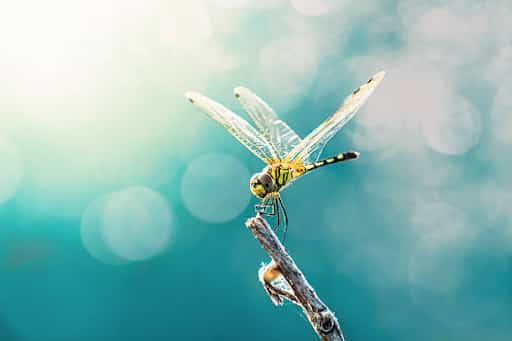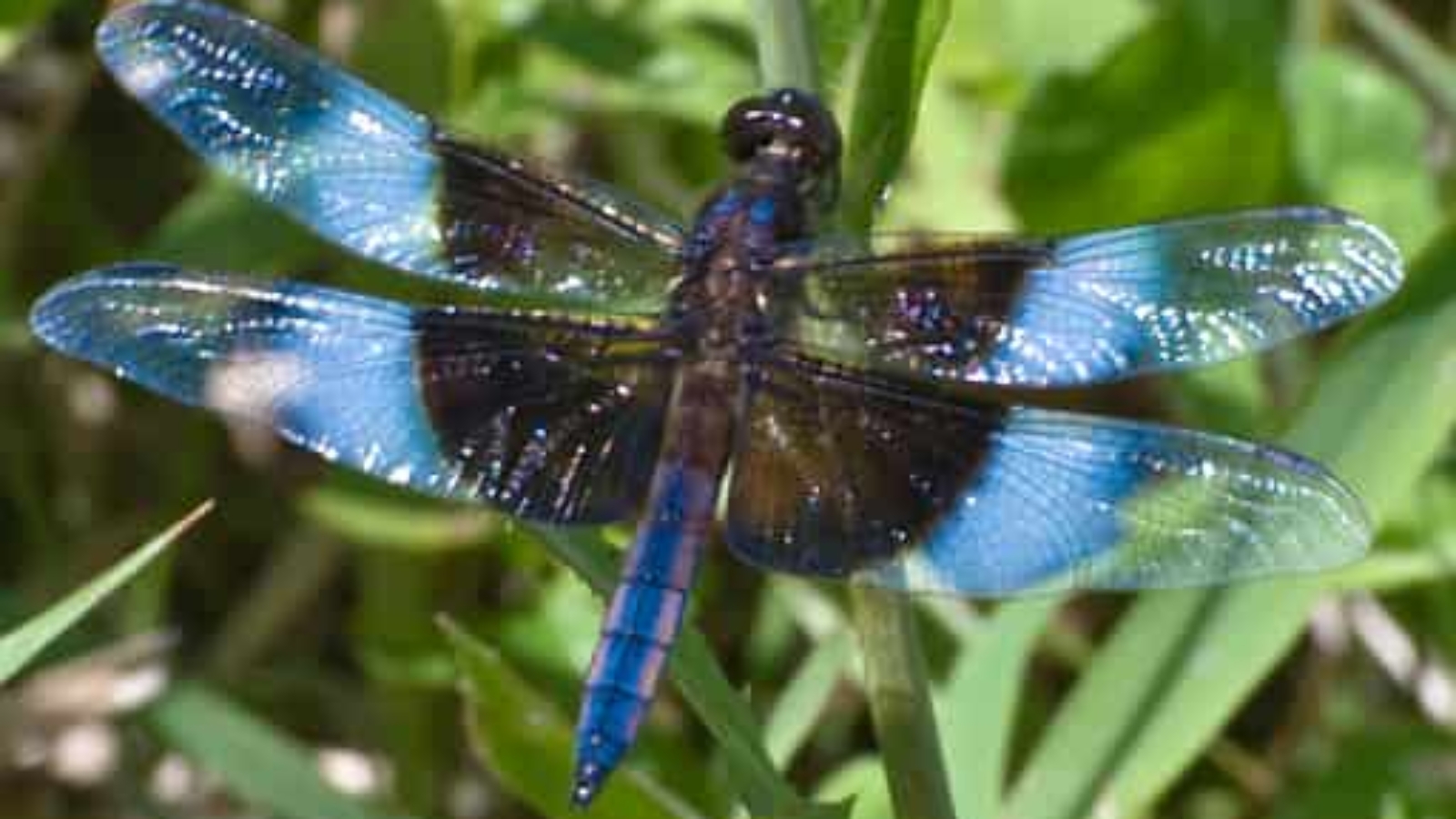
Introduction
With extraordinary optics, lighting reflexes and remarkable flight control, dragonflies can rotate 360 degrees for up to five times in a single second. Though the flight of their prey is often an unpredictable zig-zag pattern, dragonflies’ midair hunting success rate remains at around 95%. Comparably, the success rate of wolves is ~20%, ~30% for cats, and ~50% for Great White Sharks.
Their flight is just one of the many factors scientists are interested in understanding, with the plan to integrate their biological adaptations into human engineering.

Inspiringly Precise Flight
The flight of this incredible insect has been studied in controlled experiments, mimicking a predator-prey environment using tiny beads at various velocities. It was observed that dragonflies consistently flew just one meter quicker than the bead. These findings demonstrated the minimal effort needed for such precise flight, attesting to their remarkable instincts. They can enhance humanity’s ongoing technological development, used specifically in the interception of drones and other flying objects.
Unforeseen Mercury Pollution Tracker?
ercury is a toxin that damages brain development in both humans and animals, and much of it comes from human activity – like the usage of fossil fuels in power plants and medical waste disposal. It accumulates in water, becoming Methylmercury, and if exposed to high levels of it, concerns in human fetal development arise. Due to the fact that dragonflies can thrive in nearly every aquatic habitat— even ones in the desert— their larvae are useful for collecting data on ecosystems.

Mercury contamination was previously thought to be low in desert ecosystems. However, the nationwide Dragonfly Mercury Project, led by the United States Geological and National Park Services, recently discovered that there are surprisingly high levels of mercury in dragonfly larvae found in deserts.
Summary: Nervous System and Machine Integration
Once the dragonfly’s nerve cell functions and neuronal processing was adapted to machine learning, neuroscientists, computer scientists, and mechanical engineers collaborated in the creation of an algorithm that mimicked the insect’s visual tracking ability. It could then be used in autonomous pursuit robots, making them 20 times faster than previous algorithms, while staying just as accurate!
Dragonflies. They really are as impressive as their name.
References
Sherwin, F. Aerial Engineering and Physics of the Dragonfly. https://www.icr.org/article/13497
Communications and Publishing. Dragonflies Reveal Surprising INsights into Mercury Pollution.
https://www.usgs.gov/dragonfliesandmercury
New Hampshire Department of Environmental Services. Mercury: Sources, Transport, Deposition and Impacts. https://www.des.nh.gov/sites/g/files/ehbemt341/files/documents/2020-01/ard-28.pdf
US Environmental Protection Agency. Health Effects of Exposures to Mercury. https://www.epa.gov/mercury/health-effects-exposures-mercury
Forest and Rangeland Ecosystem Science Center. The Dragonfly Mercury Project. https://www.usgs.gov/centers/forest-and-rangeland-ecosystem-science-center/science/dragonfly-mercury-project
Division of Research and Innovation, University of Adelaide. Dragonfly technology provides pinpoint accuracy and super speed. https://www.adelaide.edu.au/research/news/list/2019/08/16/dragonfly-technology-provides-pinpoint-accuracy-and-super-speed


Add a Comment